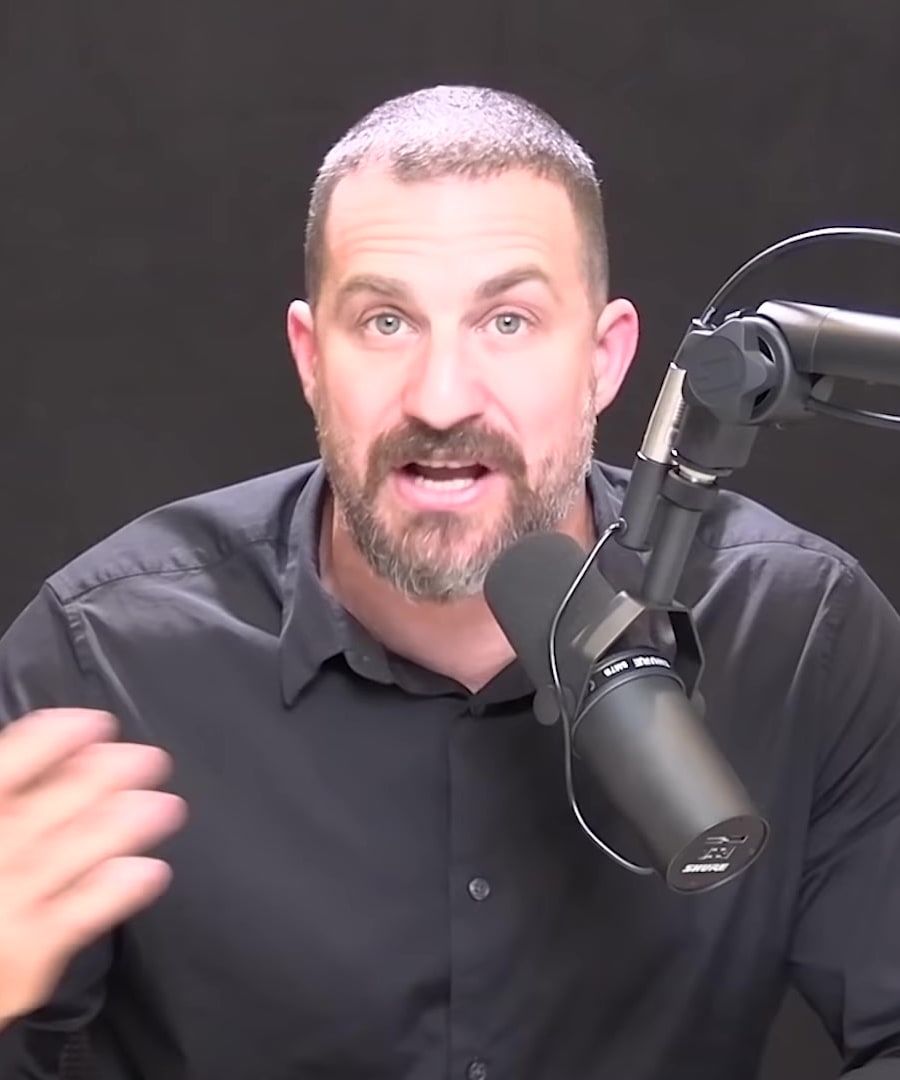Gate theory
Sources:
The gate theory of pain, developed by Melzak and Wall, is a well-recognized concept in the field of pain management. It posits that certain non-painful inputs, such as light touch (from rubbing or massage), can close the "gates" to painful input, which prevents pain sensation from traveling to the central nervous system. When you rub a sore area, for instance, you activate larger nerve fibers (A fibers) that inhibit the transmission of pain carried by the smaller fibers (C fibers) to the brain. This interaction reduces the perception of pain.
In addition to simple actions like rubbing, other mechanical interventions like massage, acupuncture, and even temperature changes (using heat or cold) can also trigger this gate control mechanism. These mechanical actions stimulate the nervous system, leading to chemical changes that can alter the pain signals entering the brain. Even activities like swearing have been shown to reduce the perception of pain, potentially because they trigger emotional centers in the brain that somehow interfere with pain signals 1.
For more details on how these different interventions influence the pain pathway and the basis of the gate theory of pain, you can refer to the discussions by in the 1 2.
RELATED QUESTIONS

